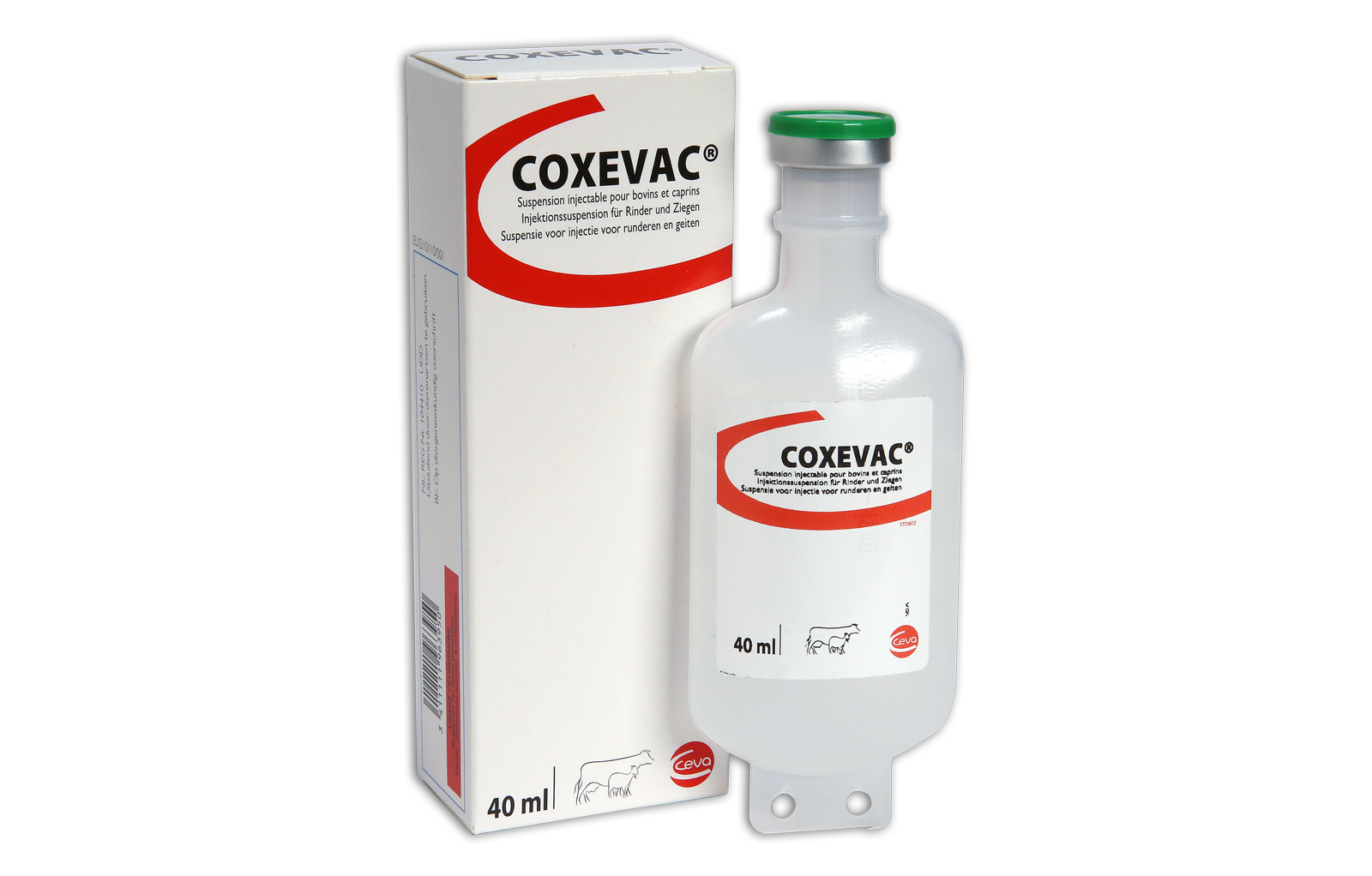Scientific article
Prevalence of Q fever in dairy cattle farms with reproductive disorders
Authors
C. Azevedo P. Charollais J. Muñoz-Bielsa P. Gisbert M. Treilles
Publication information
World Buiatric Congress 2024
Objectives
Q fever is a bacterial disease present throughout the world (except New Zealand). It is caused by Coxie la burnet i, a smal, gram-negative, intrace lular bacterium. Coxie la burnet i can infect numerous animal species and is zoonotic. Among animals, ruminants are the most a fected and are the reservoir of this pathogen. In smal ruminants, particularly goats, clinical signs are dominated by abortions. In ca tle, beside abortion, other clinical signs such as metritis, placental retentions and fertility disorders are also encountered.
The aim of this study was to determine the proportion of Coxie la burnet i-infected dairy ca tle herds among those reporting abnormaly high rates of reproductive problems.
Materials and methods
PCR analysis of bulk tank milk (BTM) is a simple and a fordable way of testing for Coxie la burnet i in dairy herds. In 2020, Ceva and Qualyse developed QTest to facilitate sample colection and transport to the laboratory. QTest combines an easy sampling medium (FTA card®) that inactivates micro-organisms while preserving nucleic acids, with a real-time PCR analysis carried out in a single laboratory in France. The use of QTest increases the sensitivity of BTM analysis.
With every Qtest, a sample identification form is also included. On the form, the breeder or veterinarian who sends the sample reports any reproductive disorders present on the farm. It is possible to tick more than one box:
- Abortions / premature delivery / stilbirth / weak born o fspring (APSW complex)
- Metritis / endometritis
- Retained placenta
- Infertility
The aim of QTest is to identify whether Coxie la burnet i is present in herds experiencing reproductive disorders. For the present study, we have analyzed the results obtained during a period of 3 years from October 2020 to September 2023. Herds were classified in two groups. The first group was made of herds that had reported the APSW complex and the second group was made of herds that had reported any of the other reproductive disorders. As it was possible to report several clinical signs, it was decided to assign to the APSW complex group, herds where both APSW complex and at least one other clinical sign were reported.
Results
During the study period 1091 samples were colected from farms where at least one reproductive disorder had been reported. The geographical origin is as follows:
France n=332
Italy n=273
United Kingdom n=261
Germany n=142
Greece n=20
Republic of Ireland n=17
Belgium n=16
Romania n=15
Poland n=6
The Netherlands n=3
Tunisia n=3
Turkey n=2
Bulgaria n=1
APSW complex was reported on 619 farms (56.7%). The presence of Coxie la burnet i in BTM was detected in 41.8% of them (n = 259). 472 farms (43.3%) reported other reproductive disorders. Of these, 42.8% were positive for Coxie la burnet i in BTM (n = 202). The diference in prevalence was not statisticaly diferent between the two categories (p=0.752, Chi-square test). These results suggest that the presence of Coxie la burnet i in dairy ca tle can be associated without diference with major reproductive disorders (abortions, premature delivery, stilbirth, weak born calves) or other reproductive disorders (metritis/endometritis, retained placenta, infertility).
For the four countries for which we received the most samples, Coxie la burnet i was detected in 39.8%, 42.5%, 51.0% and 32.4% of samples from France, Italy, the UK and Germany, respectively. In a previous study1, we analyzed 414 BTM samples from randomly selected farms (with and without reproductive disorders) in France. 16.9% were positive (n = 70). By comparing with the results of the present study for France, farms reporting reproduction disorders were 3.24 times more likely to be infected with Coxie la burnet i (95% CI: 2.32; 4.55).
Conclusions
Our study showed that in around 42% of dairy farms with reproductive disorders (abortions, premature delivery, stilbirth, weak born calves, metritis, endometritis, retained placenta or infertility), Coxiella burnetti was present in bulk tank milk. This study also showed that Q fever can run in a dairy farm without abortion cases but causing other reproductive disorders. Dairy herds with any of the reproductive disorders evaluated in this study should include Q fever in their diferential diagnosis.
Publication file:




